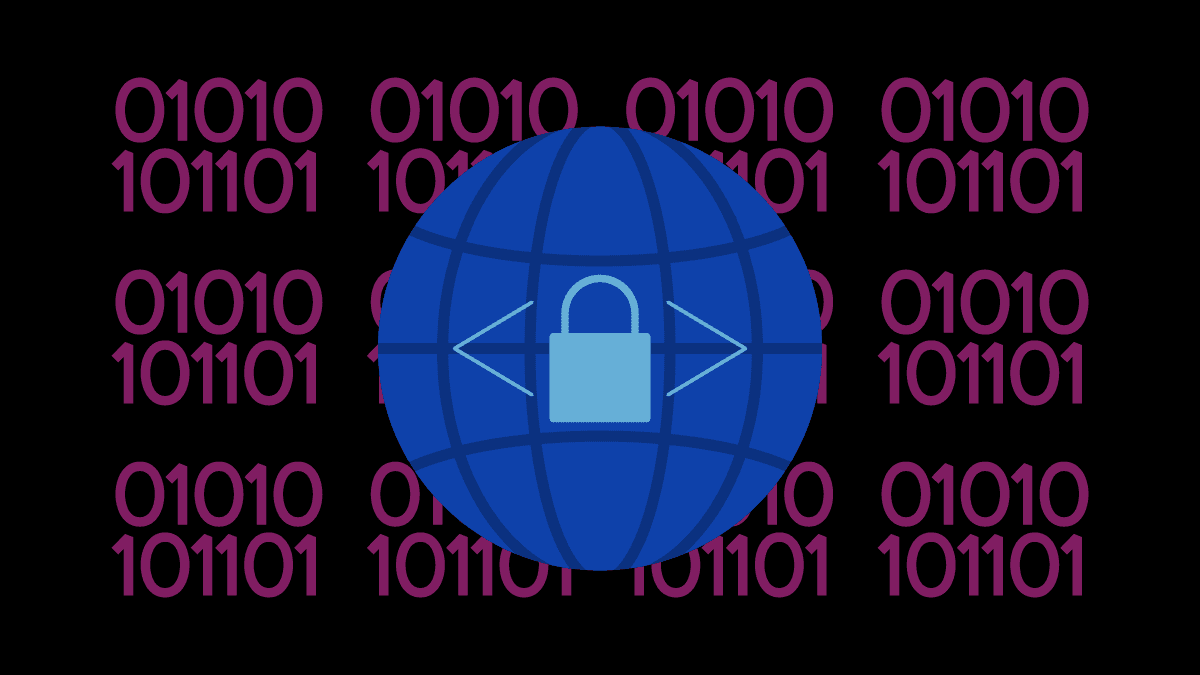Quantum Resistance with PQC on BIG-IP Local Traffic Manager (LTM)
Quantum computing threatens today’s encryption methods. Safeguard data with Post-Quantum Cryptography (PQC) in BIG-IP LTM.
Quantum computing threatens today’s encryption methods. Safeguard data with Post-Quantum Cryptography (PQC) in BIG-IP LTM.
Quantum computers capable of breaking current encryption algorithms are expected to become viable within the decade, making PQC adoption urgent. Bad actors are already harvesting data to decrypt later, putting sensitive customer information at risk. Protecting data with PQC standards today ensures long-term security. Don’t wait—BIG-IP can help you achieve PQC readiness now.
Discover PQC Readiness Solutions ›
Cryptography is fundamental to securing modern networking communications, forming the backbone of Transport Layer Security (TLS) connections. TLS currently relies on three essential types of algorithms to ensure safe, secure, authentic data exchange between clients and servers.


Bad actors are currently launching "harvest-now, decrypt-later" attacks, stealing data encrypted with contemporary algorithms today for decryption in the future, using quantum computers. Safeguarding today’s data with post-quantum encryption methods requires organizations to consider key factors when deploying post-quantum cryptography.
Cryptography is central to F5’s Application Delivery and Security Platform (https://www.f5.com/products/f5-application-delivery-and-security-platform), with BIG-IP LTM serving as the first step in simplifying the adoption of PQC. Positioned to manage traffic between clients and servers, BIG-IP LTM centralizes cryptographic handshakes and encryption for guided evolution alongside emerging cryptographic standards. BIG-IP LTM secures connections for both clients and servers with robust algorithms for encryption and authentication critical to protecting modern communications.


F5’s approach to Post-Quantum Readiness is extremely customer-focused: it's not just about deploying the newest ciphers in production but providing a sustainable, adaptable way forward. While some organizations are prematurely driving quantum ciphers that consume massive amounts of computing resources and may be incompatible with existing network architecture, F5 is building tools that prioritize longevity, efficiency, and scalability.
The post-quantum transition isn’t optional, it’s inevitable. But the journey doesn’t need to be disruptive. F5 and BIG-IP LTM can help organizations stay ahead of the transition by creating crypto-agile infrastructures that secure their systems and set them up for future-compliant, quantum-safe policies.
Investigate where you use TLS. Determine if your cryptographic handshakes are already vulnerable to tStart by Conducting a PQC Readiness Assessment:
Investigate where you use TLS. Determine if your cryptographic handshakes are already vulnerable to threats like “harvest now, decrypt later.”
F5 can guide customers in identifying areas where quantum readiness is critical.hreats like “harvest now, decrypt later.”
F5 can guide customers in identifying areas where quantum readiness is critical.
Deploy high-performance hardware in your on-premises data center or collocation facility.
Explore enterprise networking hardware › (https://www.f5.com/products/enterprise-networking-hardware-systems)
Transitioning to PQC strengthens your organization’s security posture while ensuring compliance and protecting against costly data breaches.
We’ll support you through evolving standards and help you make your systems future-proof for coming FIPS requirements and cryptographic evolutions.
Deploy on any hypervisor within your data center, collocation facility, or in AWS, Azure, or Google Cloud.
Explore Virtual Editions › (https://www.f5.com/products/big-ip-services/virtual-editions)

As quantum computing edges closer to reality, today’s encryption standards face a ticking clock. Learn how organizations can prepare for a post-quantum world with resilient, crypto-agile solutions that safeguard data against tomorrow’s threats.
Read the article